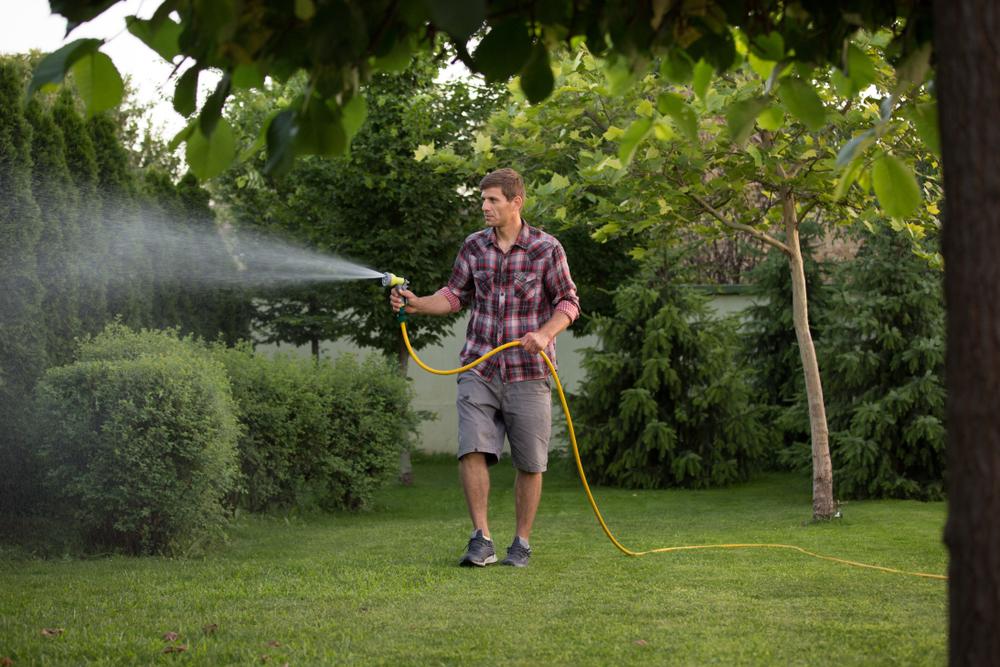In an ideal world, every garden would receive a consistent one to two inches of rainfall per week. This can happen for a few weeks or even months, but rarely does a summer go by without a dry spell.
Plants need water to transport nutrients from their roots throughout the plant, and to perform photosynthesis, which, with the help of light, transforms water and carbon dioxide into sugar and oxygen.





